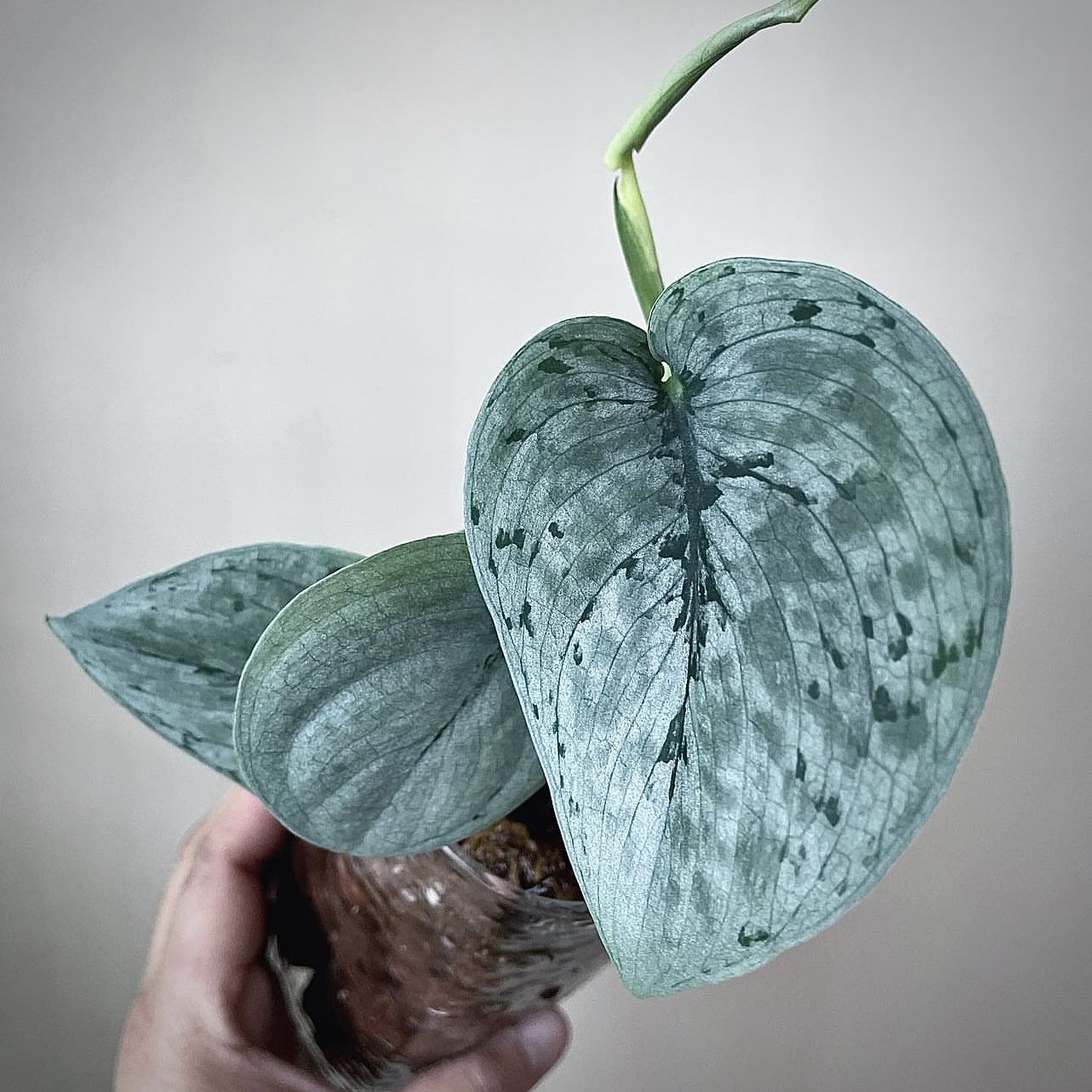Scindapsus, also known as satin pothos or silver vine, is a popular houseplant known for its heart-shaped silvery green leaves. Native to Southeast Asia, scindapsus is easy to grow and care for, making it an excellent choice for beginner gardeners. Here are 5 simple steps to successfully grow scindapsus in your home.

Choose the Right Potting Mix
When it comes to potting mix for scindapsus, aim for a light, well-draining soil. The ideal potting mix will retain some moisture but also allow excess water to pass through readily.
Ingredients for Potting Mix
- Use a basic potting soil as the base of your potting mix. Opt for a commercial blend made for indoor container plants.
- Mix in materials like perlite, vermiculite, coconut coir, or bark to aerate the soil. This improves drainage and airflow.
- A small amount of peat or compost will help retain a little moisture. But don’t overdo it or the soil may get too heavy and soggy.
Potting Tips
- Choose a pot with drainage holes to allow excess moisture to escape. This prevents root rot.
- Place a layer of pebbles or other drainage material at the bottom before adding potting mix.
- After repotting, water thoroughly to settle the soil. Then allow it to dry out some before watering again.
Pick a Bright, Warm Location
Scindapsus thrives in warm, humid conditions with plenty of bright, indirect sunlight.
Light Requirements
- Southern or western windows are often ideal spots in most homes. East-facing windows can also work well.
- Provide at least 4 hours of direct sun or bright indirect light daily. More is better.
- Leaves may become smaller and less vibrant if light is insufficient.
Ideal Temperature Range
- Daytime temps of 70-85°F (21-29°C) are best. Nighttime lows around 60-65°F (15-18°C) are fine.
- Avoid drafty areas as scindapsus dislikes cold temps or abrupt temperature fluctuations.
Water Thoroughly When Top Inch is Dry
Check soil dryness and water requirements regularly, especially if in a warm, sunny area.
Checking for Dryness
- Stick your finger into the potting mix up to the second knuckle.
- If the top inch feels dry to the touch, it’s time to water. If still damp, hold off.
Watering Guidelines
- Water thoroughly until it drains freely from the pot’s bottom drainage holes.
- Take care not to overwater or leaves may turn yellow. Allow soil to partially dry out between waterings.
- The plant likely requires more frequent watering in brighter light. Reduce watering frequency if in lower light.
Discover the most sought-after Scindapsus varieties of 2023

Maintain Moderate Humidity Levels
Native to tropical locales, scindapsus prefers 40-60% relative ambient humidity. Increase humidity if possible.
Humidity Tips
- Group plants together to raise local humidity levels around the foliage.
- Use a pebble tray filled with water. Place pot on top of the pebbles.
- Install a humidifier nearby and aim mist towards the plant.
- Mist the plant daily using a spray bottle of water.
Signs of Low Humidity
- Dry, crispy leaf edges indicate the air is too dry.
- Increase humidity levels if seeing these signs of distress.
Feed Monthly During Growing Season
Apply a balanced liquid fertilizer once a month from spring through summer to fuel growth. Reduce feeding frequency in fall and winter when growth naturally slows.
Fertilizer Guidelines
- Use a houseplant fertilizer mixed at half the normal concentration.
- Follow label directions and don’t over-apply as excess salts can burn the tender roots.
- If using tap water, allow it to sit out overnight first so salts can dissipate.
Before Fertilizing
- Water the plant thoroughly first to avoid root damage from concentrated salts.
- Take care to avoid contact between full-strength fertilizer and the foliage or stem.


